Mexico and the United States’s proximity has inevitably resulted in cultural exchange. While this admirable fusion promotes unity, it has also resulted in a general association of Mexican culture with all of Latin America. There are 33 different countries in Latin America, each with an array of vibrant traditions, food, languages, history, and a range of subcultures. Although there is some overlap, condensing this region of cultures into two words diminishes the beautiful details of each culture.
When people assume that when you’re Latina, you are Mexican, it dilutes your culture. It’s like your culture isn’t as important because they don’t acknowledge it.
— junior Zanna Owens-Ramirez
In the United States especially, people tend to assume that everything south of the border is part of the Mexican sphere of influence, rather than acknowledging the diverse set of cultures of Latin America. What has contributed to this generalization? Is it pure ignorance? Did it grow from a lack of exposure to diversity? Well historically, much of Latin America consists of countries that were colonized and under European rule–both of which were driven to spread Catholicism to its new colonies. This cultural overlap leads to much confusion, especially because Mexico is so known for its Catholic values.
In addition to religion, the colonists brought their languages, traditions, and cultures; this import of mostly Spanish culture ultimately led to the amalgamation of European cultures with already existing indigenous cultures. Today this assimilation is what individualizes each culture and is apparent in language and food. For instance, in Argentinian and Chilean Spanish, words like “che”–meaning people or “gente” in Spanish–come from the language Mapudungun of the Mapuche. The popularity of Catholicism and the prominent use of Spanish has made it easy to generalize a whole continent. Despite that fact, every country has been able to create special traditions.
All of these countries have distinct histories, which are best reflected in each country’s Independence Day. These range throughout the year and, though many Latin American countries were conquered by Spain, all don’t reference overthrowing the Spanish. The Dominican Republic fought off Haitian occupation, Belize separated from the United Kingdom, and Argentina, Nicaragua, and more organized revolutions against their own unjust governments. There are also specific historical figures that are important to every country. As we have Presidents Day in the U.S.A. to celebrate George Washington, Colombia, Venezuela, and Panama celebrate the birth of Simon Bolivar who helped pave their way to liberty.
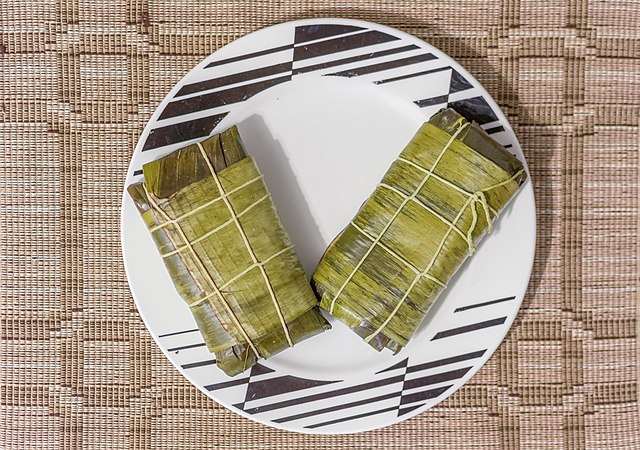
Another important distinction between each of these countries can be found in their food. Cuisine is important to cultures all over the world and brings families together in a variety of ways. For example, “In Colombia it’s a tradition to make arepas, which are flat corn patties with mozzarella and specific cheeses,” details senior Chamila Muñoz. “My grandma taught my mom how to make them, and then my mom taught me how to make them, and so, whenever we visit my family, me and my mom and my grandma always make them together.”
Each country has a specific cuisine that originated there and is an important part of their culture, from mofongo in Puerto Rico to hallacas in Venezuela.
It is a common assumption in the U.S. that the terms Latino and Mexican are synonymous; however, the dozens of countries that make up Latin America have unique and special traditions that go far outside of Mexican culture. This generalization can be harmful, as it erases important aspects of a person’s identity. We are made up of our heritage and our life experiences, both of which are greatly impacted by our culture. When that is taken away, it leaves a one-dimensional and inaccurate perception of us.
People make assumptions. The fact that they completely diminish where I’m from and make their own assumptions can be hurtful.
— Chamila Muñoz, who identifies as Colombian and Guatemalan
Chamila Muñoz is a strong believer in the recognition of all cultures. Identifying as Colombian and Guatemalan, she has experienced the generalization of Mexican and Latino culture firsthand.
“It can be so uncomfortable because people make assumptions,” Muñoz said. “The fact that they completely diminish where I’m from and make their own assumptions can be hurtful.”
This does not mean that any one culture is superior; it is important that every culture receives equal celebration.
When asked about her association with Mexican culture, Munoz said, “It’s a beautiful culture and I applaud it, but it’s just not mine.”
Junior Zanna Owens-Ramirez, who identifies as Hispanic with Mexican heritage, agrees on the negative effects of stereotypes.
“When people assume that when you’re Latina, you are Mexican, it dilutes your culture,” Owens-Ramirez said. “It’s like your culture isn’t as important because they don’t acknowledge it.”
From the cuisine to the history, distinguishing the complex history behind each country in Latin America is an important way to respect people’s identities. Putting each Latin American culture underneath the same umbrella diminishes the value of people’s heritage and experiences. Latino means expressing your culture, your language, and your roots: Latino doesn’t always mean Mexican.
Since our first post of this article, we have made two clarifications. The word “Che” is used in Argentina and Chile. The Dominican Republic was occupied by the Haitian government for 22 years, but was its own country first, not a part of the country of Haiti.





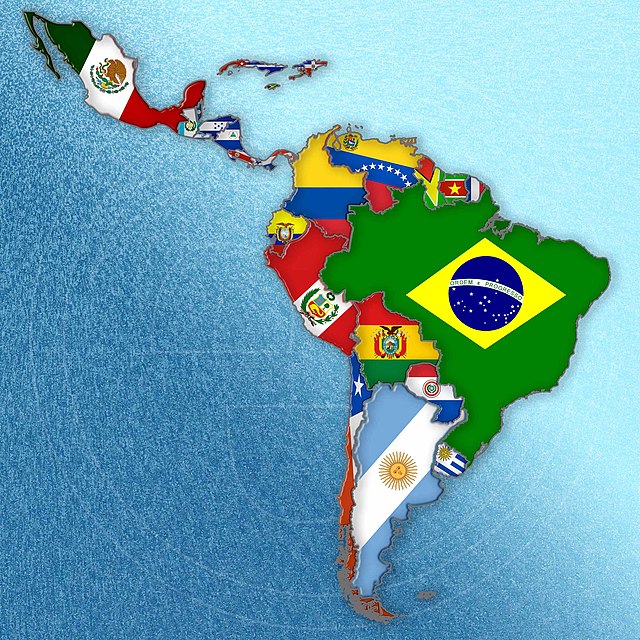
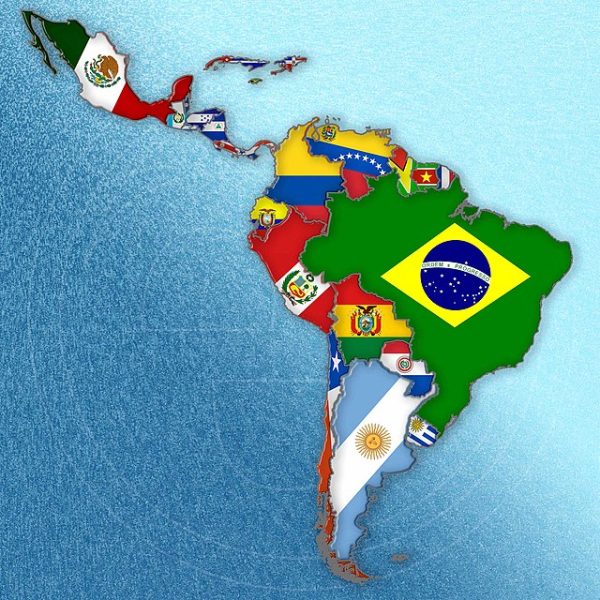



![SPREADING THE JOY: Sophomore Chim Becker poses with sophomores Cozbi Sims and Lou Davidson while manning a table at the Hispanic Heritage treat day during lunch of Sept 28. Becker is a part of the students of color alliance, who put together the activity to raise money for their club.
“It [the stand] was really fun because McCallum has a lot of latino kids,” Becker said. “And I think it was nice that I could share the stuff that I usually just have at home with people who have never tried it before.”
Becker recognizes the importance of celebrating Hispanic heritage at Mac.
“I think its important to celebrate,” Becker said. “Because our culture is awesome and super cool, and everybody should be able to learn about other cultures of the world.”
Caption by JoJo Barnard.](https://macshieldonline.com/wp-content/uploads/2023/10/53221601352_4127a81c41_o-600x338.jpg)
![DANCING QUEEN ONLY 15: The Mccallum quinceañera took place Saturday May 18 in the cafeteria. Students who danced at the quinceañera practiced for weeks during lunch and after school with the help of Señora A to perfect this special moment. “I signed up for fun and for the dress originally, but I actually made a lot of friends, and it helped me want to come back to practice,” said Elizabeth Peables, a freshman quinceñeara. “It’s been stressful, but it always works. We stayed very late yesterday [the day before the event], but today it feels like everything came together.”
Caption by Nellie Eschberger with reporting by Beatrix Lozach.
LA REINA DE BAILE, SOLAMENTE TIENE 15 AÑOS DE EDAD: La Quinceñera de McCallum fue el 18 de Mayo en la cafetería. Estudiantes que bailaron en la quinceañera practicaron por semanas durante el almuerzo y después de la escuela con la ayuda de la Sra. A para perfeccionar este momento especial.
“Originalmente me inscribí para divertirme, y por el vestido, pero actualmente hice muchos amigos y me ayudó a querer regresar a la práctica.” Dijo la estudiante de primer año Elizabeth Peables. “Ha sido muy estresante, pero siempre funciona.” “Nos quedamos muy tarde ayer el día antes del evento pero hoy se siente que todo está cayendo en forma.”
Leyenda por Nellie Eschberger con reportaje de Beatrix Lozach. Traducción por Maverick Palacios.](https://macshieldonline.com/wp-content/uploads/2024/06/53732328578_3ee2526f55_o_53769409497_o-1200x675.jpg)




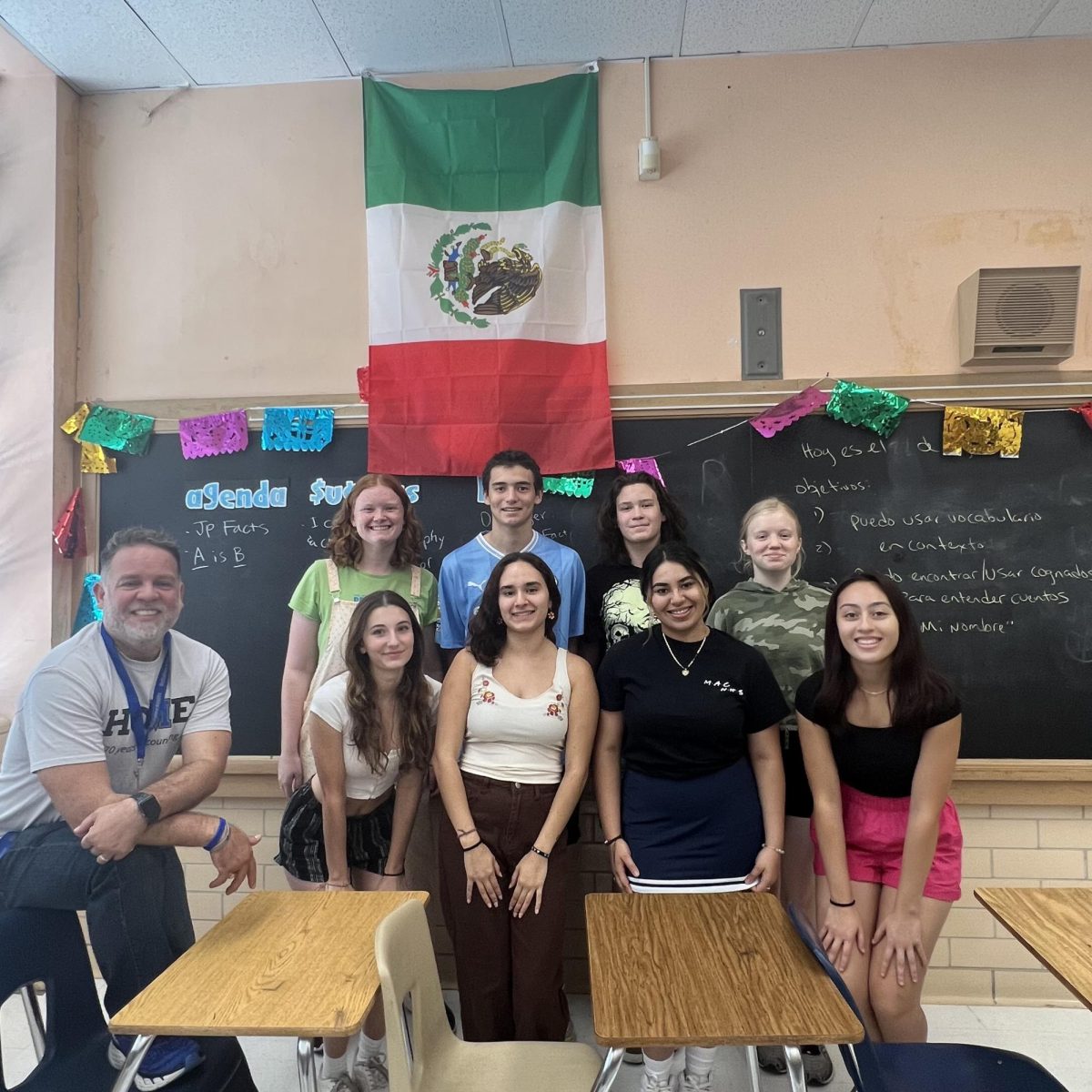
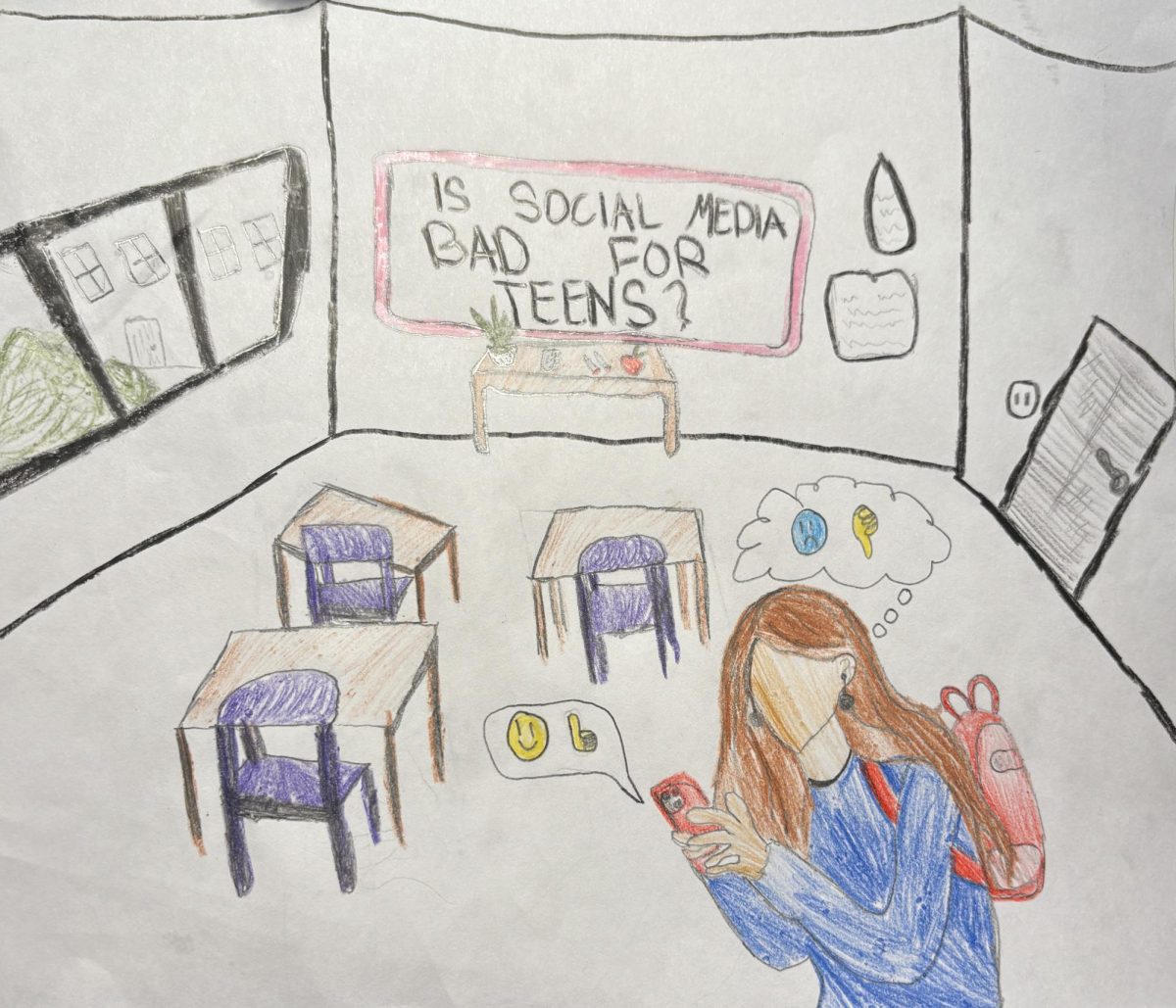




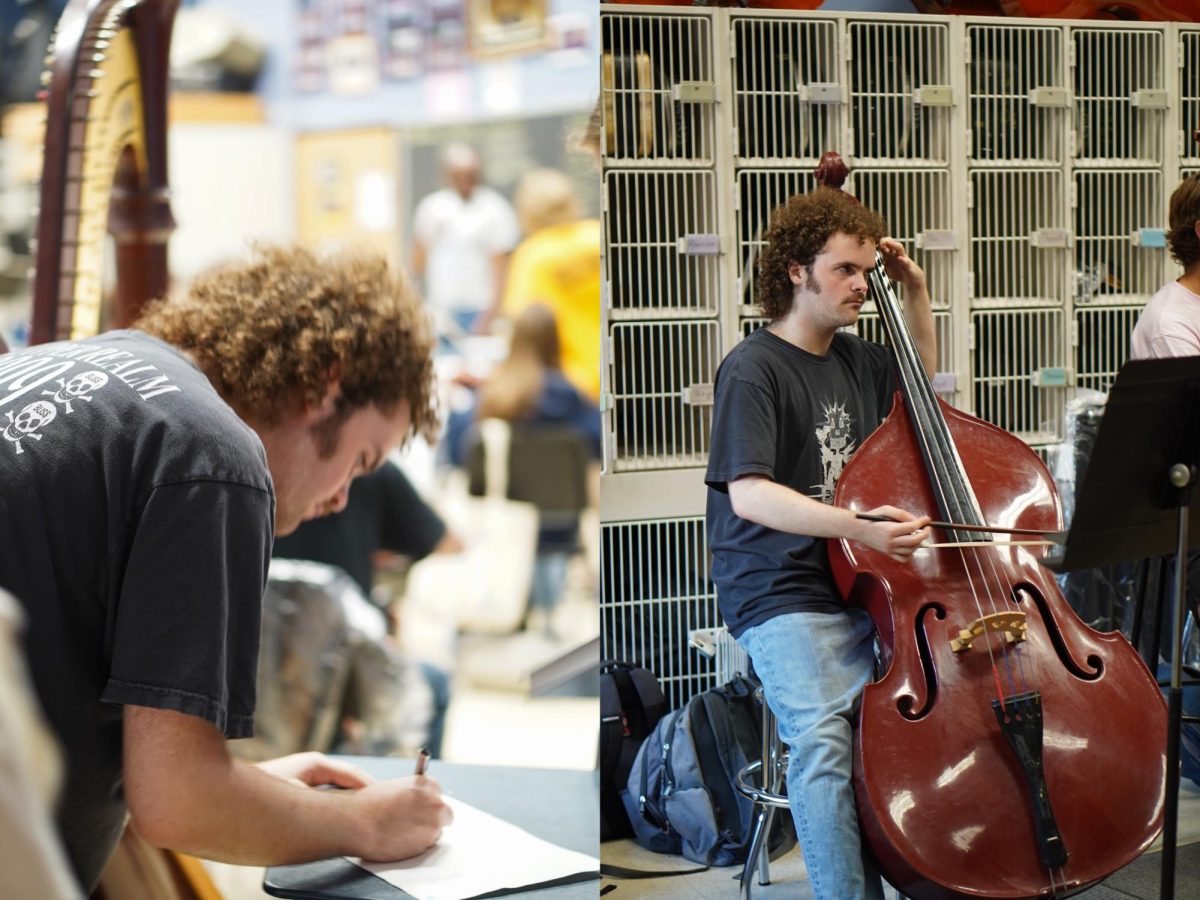

Luis. E • Apr 10, 2024 at 8:08 am
Careful with your map. Includes Tierra del Fuego as Chile, not Argentina, which is incorrect.
SUI13 • Apr 10, 2024 at 6:18 am
“Che” isn’t used in Chilean Spanish- it’s used in Argentina (also home to Mapuche).
snoopyy3k • Apr 9, 2024 at 5:43 pm
Correction, the Dominican Republic was never part of Haiti. Haiti invaded the Dominican Republic and the Dominican Republic fought for its independence from Haiti for 22 years. However, it was never a part of Haiti in anyway. Not even linguistically and religiously.
Edwin • Apr 10, 2024 at 7:41 am
You are right, this is just part of the international campaign against Dominican Republic to forced is merge with Haiti. The writer talk about lack of knowledge of the latino culture and history and do the same in this case.